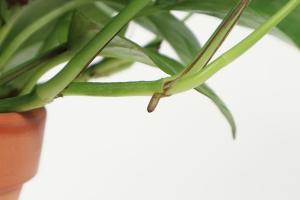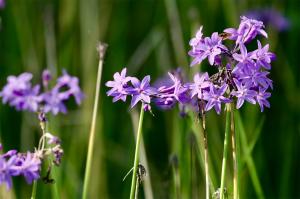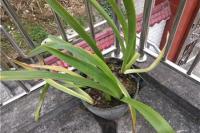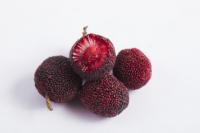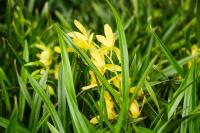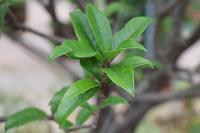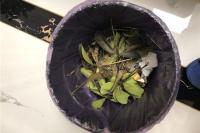1、 Suffer from freezing injury
Reason: the main reason for the black leaves of Phyllostachys pubescens is that it has suffered from freezing injury. It likes a warm growth environment and can't stand the cold climate in winter. Once the temperature is very low, Phyllostachys pubescens will be difficult to adapt. There are large areas of dark brown spots on the leaves. If it is not controlled all the time, it will lead to the death of the whole plant

Solution: if there are signs of frostbite in Phyllostachys pubescens, it needs to be treated immediately to prevent the disease from spreading to the whole plant. Cut off the rotten part in time to ensure that the section is completely white. Move Phyllostachys pubescens to a warm room, control the watering, keep the basin soil dry, do not fertilize first, and wait for a period of time to recover by itself
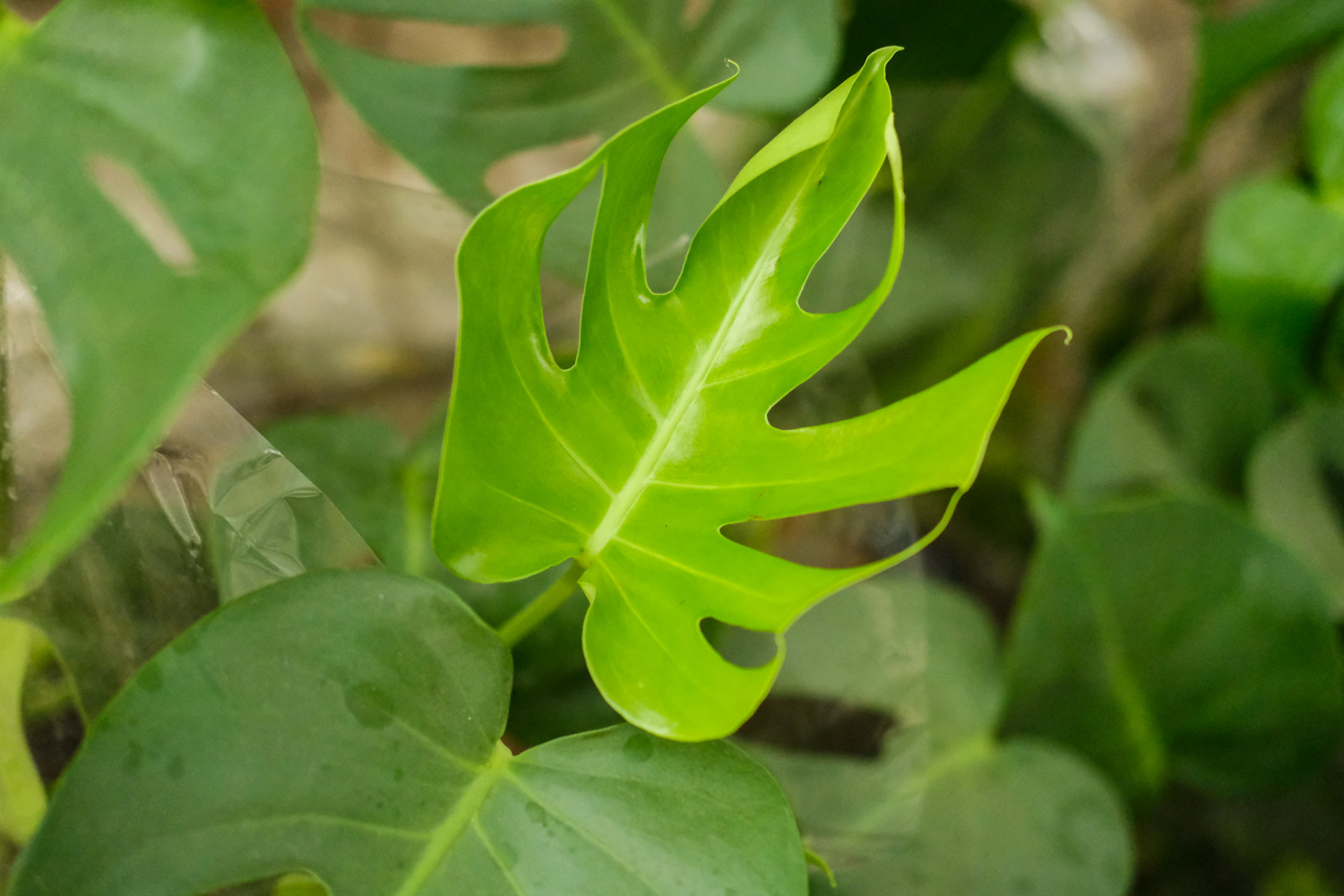
2、 Stagnant water and rotten roots
Reason: during the curing process, if you water too much, it will lead to a large amount of ponding at the root, which will rot in the later stage, affecting the normal transportation function and causing the leaves to turn yellow and black
Solution: pay attention to watering and fertilization during normal maintenance, control the dosage, and never give too much water and fertilizer. Take out the rotten root plants from the flowerpot, cut off the rotten roots, smear the incision with carbendazim, and then replant them. Pay attention to water and fertilizer control in the later stage
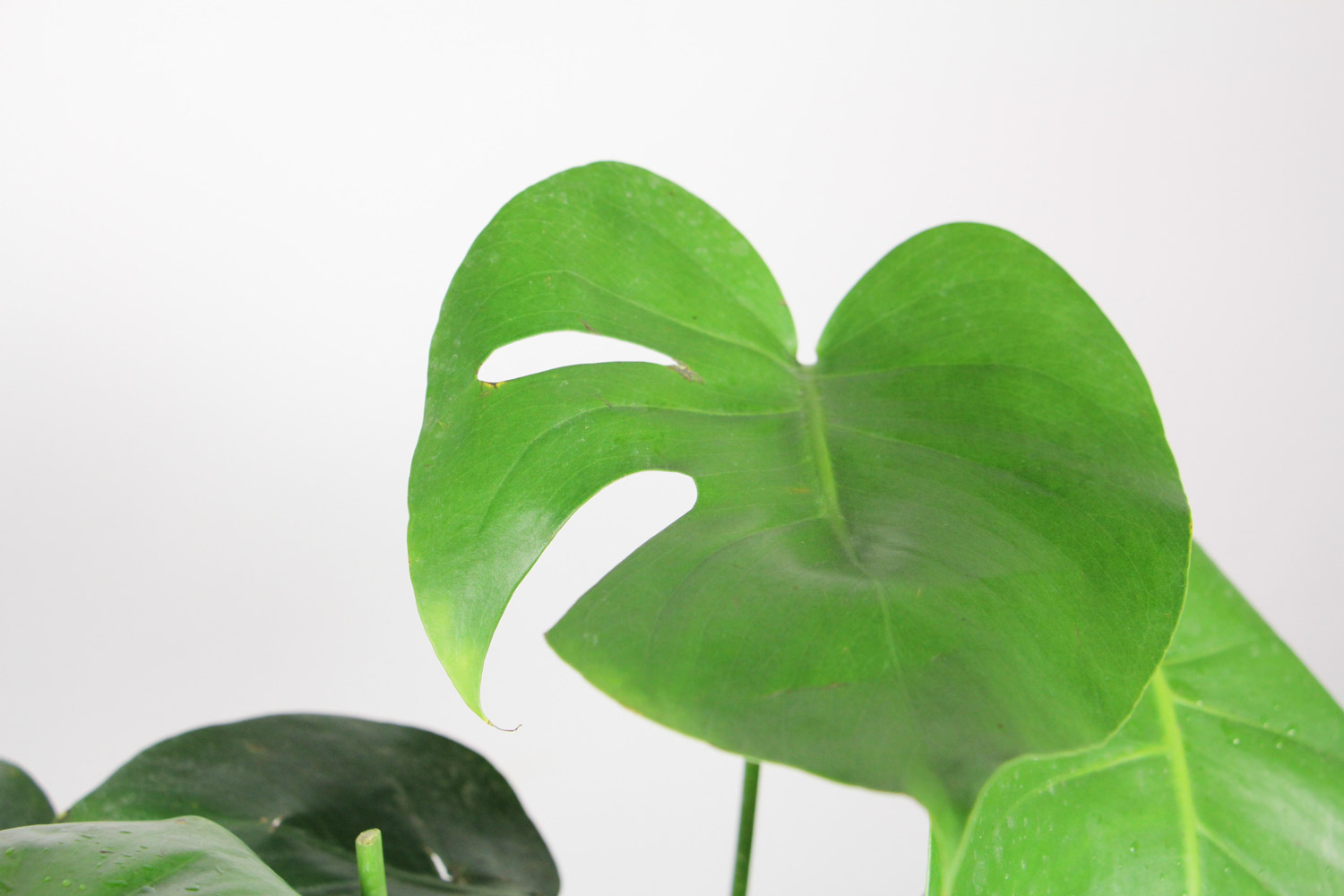

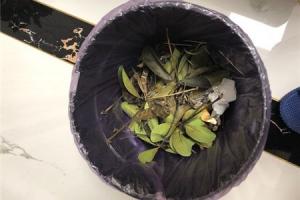 How and why does duc...
How and why does duc...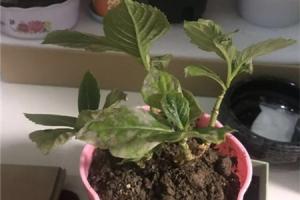 How is Hydrangea lea...
How is Hydrangea lea... What if the rubber t...
What if the rubber t...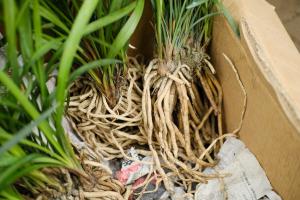 The reason of twist ...
The reason of twist ...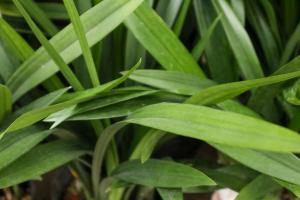 How does the leaf of...
How does the leaf of...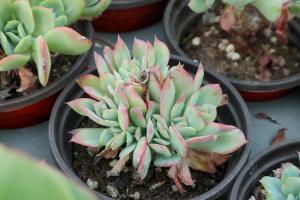 What's the reason fo...
What's the reason fo... What's wrong with th...
What's wrong with th...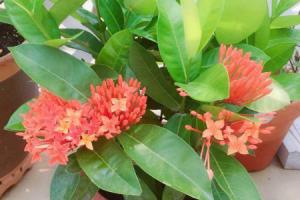 What's the matter wi...
What's the matter wi...